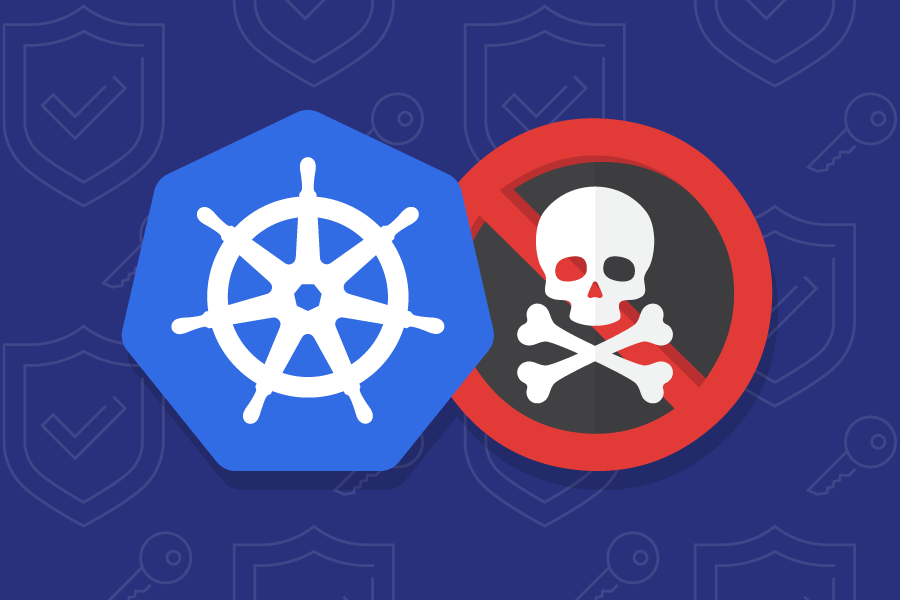A recent security disclosure has highlighted a critical vulnerability within Kubernetes, one of the most widely used container orchestration platforms in the world. This newly discovered flaw, identified as a command injection vulnerability, poses a significant threat to organizations relying on Kubernetes for managing their containerized applications. The vulnerability could allow attackers to execute arbitrary commands, potentially compromising entire Kubernetes clusters.
The Nature of the Vulnerability
The command injection vulnerability exists within the Kubernetes platform, specifically in how it processes certain user inputs. An attacker could exploit this flaw by sending specially crafted input to the Kubernetes API server or other components. If successful, the attacker could gain unauthorized access to the underlying system, execute arbitrary commands, or even take full control of the Kubernetes environment.
Potential Impact
The potential impact of this vulnerability is severe. Kubernetes is used by a vast number of organizations to manage their containerized applications, making this flaw particularly dangerous. A successful exploitation could lead to the following:
- Compromise of Sensitive Data: Attackers could gain access to sensitive information stored within the Kubernetes cluster.
- Service Disruption: The execution of arbitrary commands could lead to the disruption of critical services managed by Kubernetes.
- Lateral Movement: Once inside the Kubernetes environment, attackers could move laterally within the network, potentially compromising other systems.
Mitigation and Prevention
The discovery of this vulnerability underscores the importance of maintaining robust security practices within Kubernetes environments. To mitigate the risk, organizations are advised to:
- Update to the Latest Version: Ensure that all Kubernetes components are updated to the latest versions, as patches for this vulnerability have been released.
- Restrict Access: Limit access to the Kubernetes API server and other critical components to only trusted users and systems.
- Monitor and Audit: Implement monitoring and auditing tools to detect any unusual activity within the Kubernetes environment.
Conclusion
The command injection vulnerability in Kubernetes represents a significant security concern for organizations worldwide. By understanding the risks and implementing the recommended mitigations, organizations can better protect their Kubernetes environments from potential exploitation. As Kubernetes continues to be a critical component of modern IT infrastructure, maintaining its security must be a top priority for any organization relying on this powerful platform.


Leave a Reply